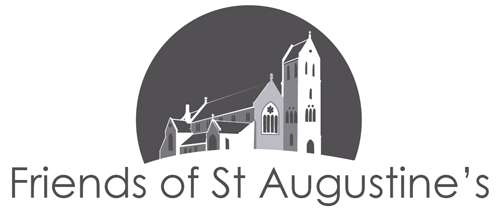Thu, February 29th, 2024
The Story of Flatholm
Posted in the News Category
News
On Thursday, 29th February 2024 about 40 people gathered in the Parish Hall to hear local historian Alan Thorne’s talk about Flatholm.
Alan told the history of the island from Roman times to the end of the Second World War.
Beginning with aspects of ancient times as far back as the Bronze Age, Alan described the varied occupants, ranging from the miners of argentiferous galena during the Roman occupation and through mediaeval times to the Christian saints and preachers who lived there. These residents gave a Welsh name to the island: Ynys Echno, based on an Irish word for burial.
Flatholm later became a centre for smuggling activities, some of which took advantage of the dangers of shipwreck before the building of the first lighthouse in 1737.
The island was a centre for Viking raids; a base for the Normans and the erection of Palmerston forts when French invasions were a concern. During WW2 about 350 soldiers were stationed on Flatholm which was used by the Luftwaffe as a navigational aid, often for flights to the English Midlands.
The island has been used as an isolation hospital during cholera outbreaks as well as defending the Bristol Channel and the ports from Cardiff to Bristol on both sides of the Channel.
Flatholm may be best known for the first broadcast of radio waves across water from Lavernock Point to the island by Marconi.
It also played a part in the formation of the Missions to Seamen.
The lighthouse has played an important part in preventing shipwrecks in the area. Today, Flatholm is a wildlife sancturary.
